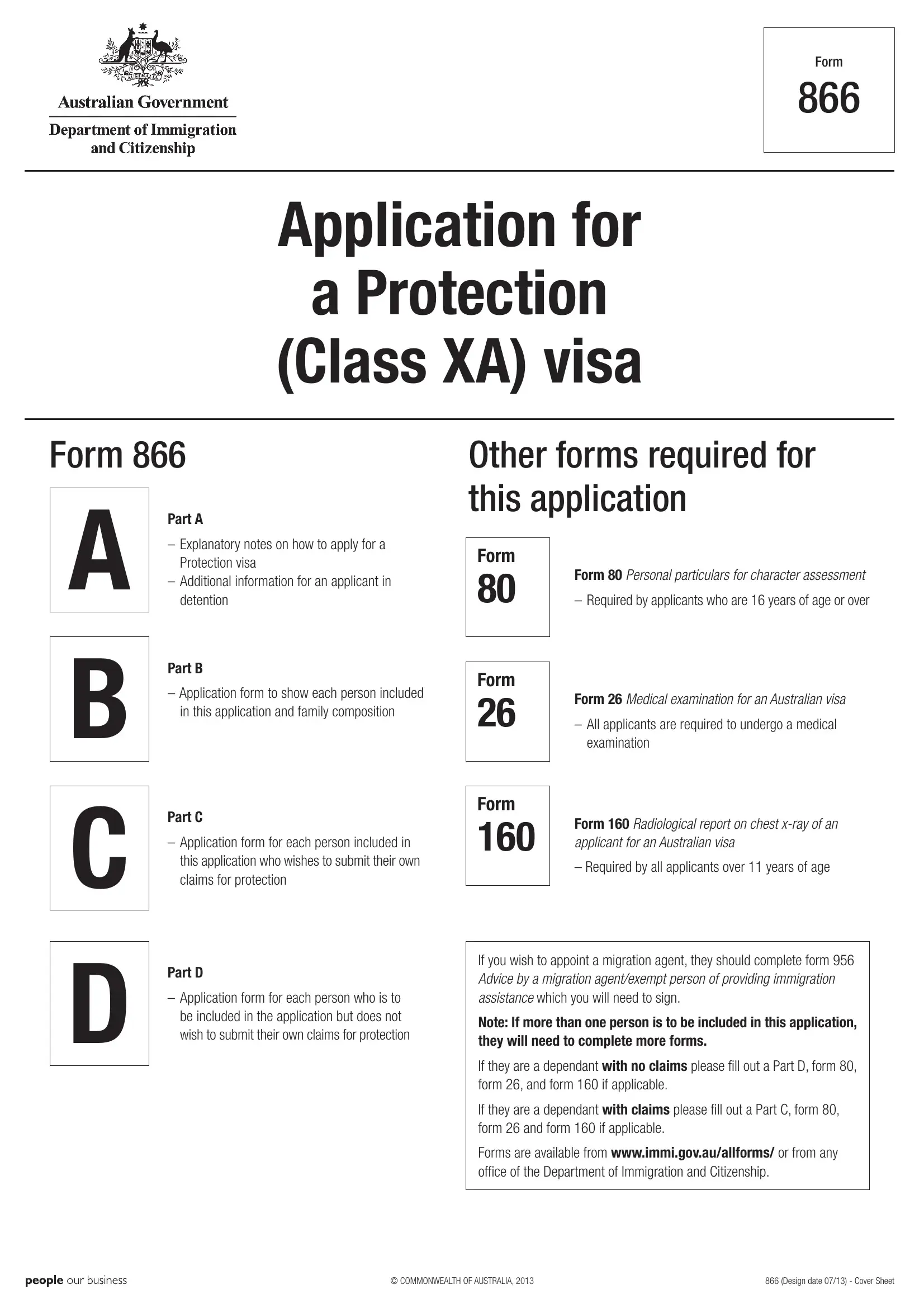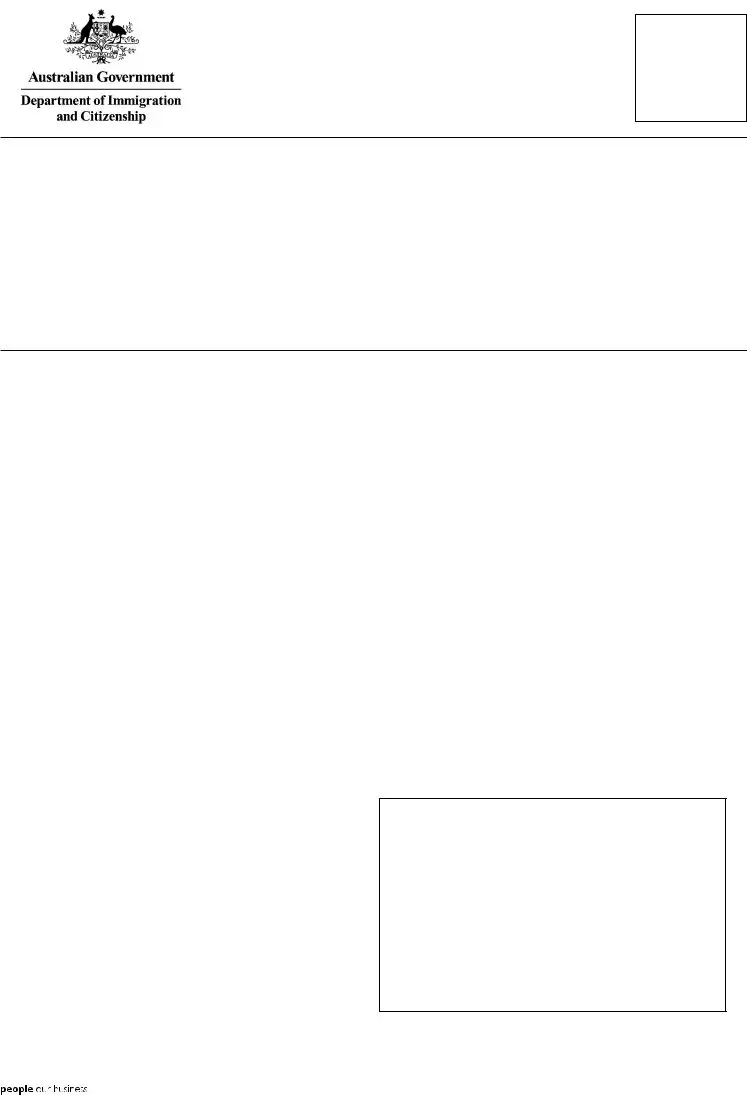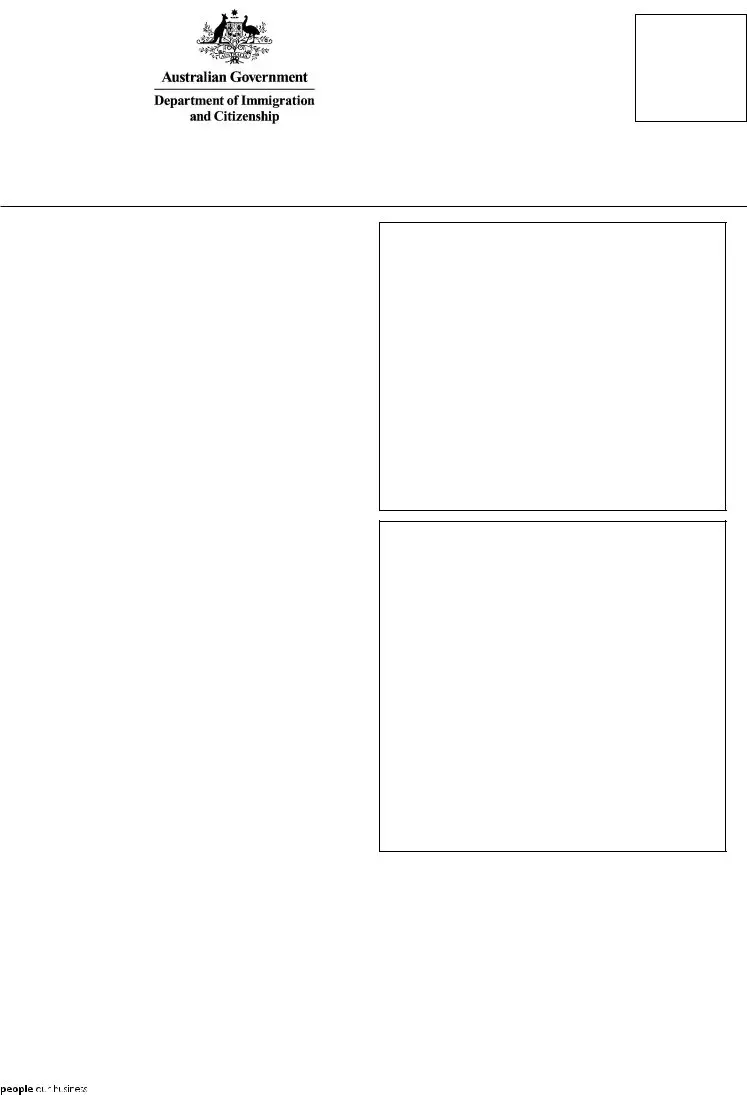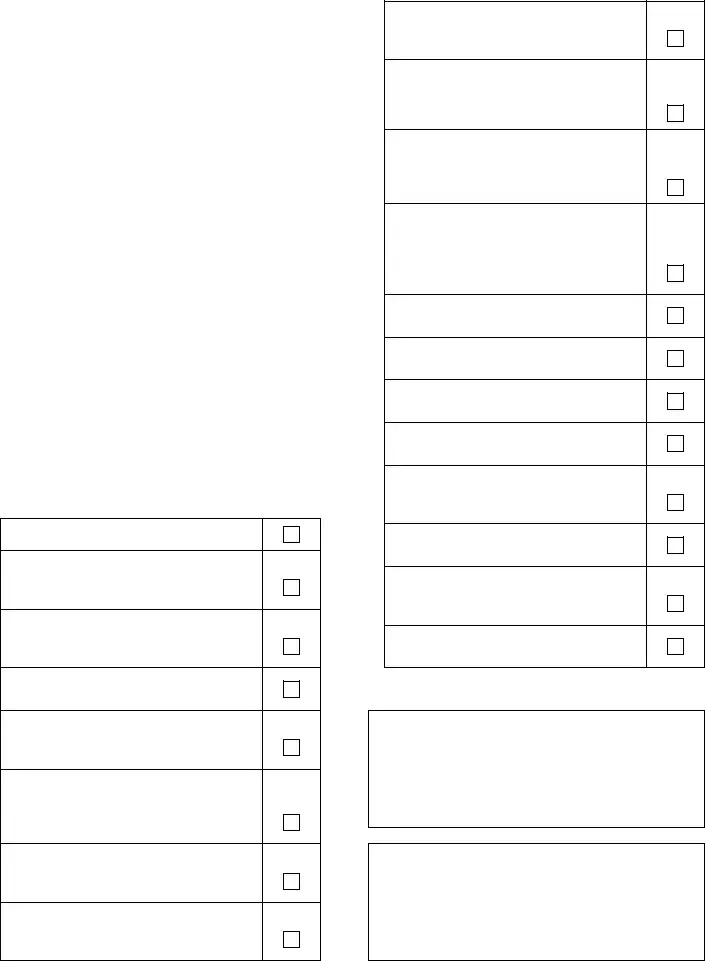You are able to prepare form 866 protection class visa effectively using our PDFinity® online tool. The tool is constantly improved by us, acquiring handy features and becoming better. All it requires is a few basic steps:
Step 1: Simply click on the "Get Form Button" at the top of this site to open our pdf editing tool. There you'll find everything that is necessary to work with your file.
Step 2: Using this advanced PDF tool, you could accomplish more than just fill out blank fields. Express yourself and make your documents look professional with customized textual content incorporated, or fine-tune the file's original content to excellence - all comes with an ability to incorporate your own pictures and sign the document off.
In order to complete this PDF form, make certain you provide the right information in each and every blank field:
1. Fill out the form 866 protection class visa with a group of essential fields. Collect all of the required information and make certain there's nothing neglected!
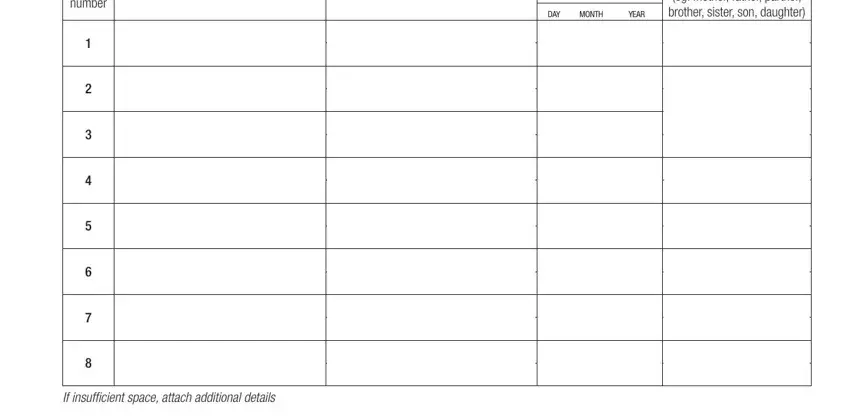
2. Soon after this section is completed, go on to type in the applicable details in all these: Has any person named in Question, Has any person named in Question, Yes, Give details, Which person give applicant number, Yes, Which person give applicant number, DAY, MONTH, YEAR, Give details, Date of application, Place of application, File number, and Has any person named in Question.

3. This next section is about DAY, MONTH, YEAR, Type of application, Date of application, Place of application, Client number or File number, Which person give applicant number, DAY, MONTH, YEAR, Type of application, Date of application, Place of application, and Client number or File number - complete each of these blanks.
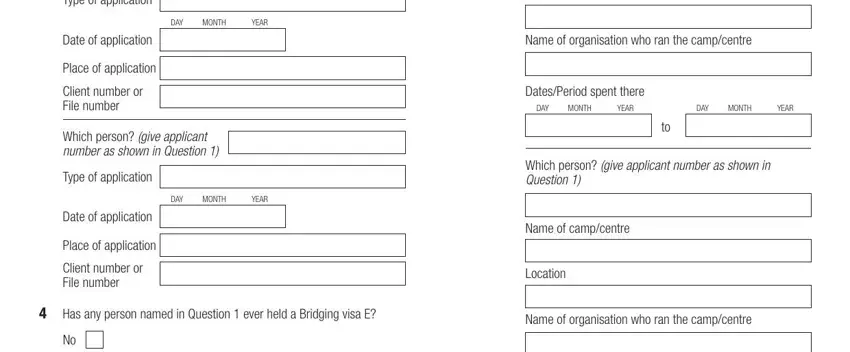
Concerning Which person give applicant number and Type of application, be certain that you take a second look in this current part. These are the key fields in this form.
4. This particular section comes next with these fields to consider: Yes, Which person give applicant number, DatesPeriod spent there, DAY, MONTH, YEAR, DAY, MONTH, YEAR, If insufficient space attach, Design date Part B Page, and COMMONWEALTH OF AUSTRALIA.
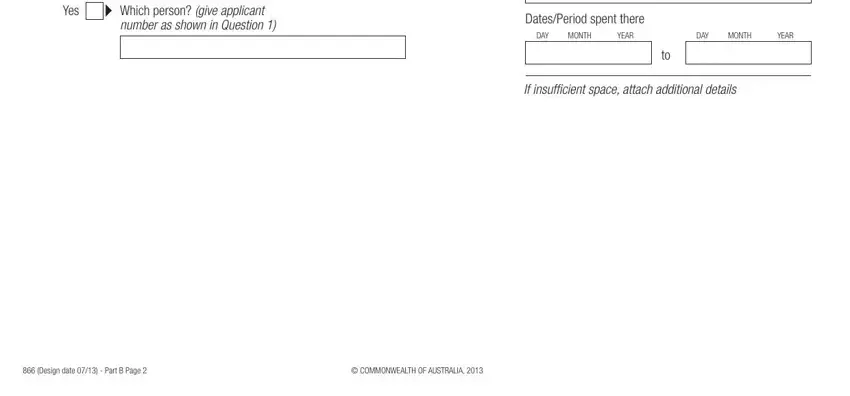
5. The form has to be finalized by filling in this area. Further you can find a full listing of blanks that require correct details for your document submission to be faultless: Has any person named in Question, Yes, Give details, Which person give applicant number, Place of detention, Health, Has any person named in Question, undergone a medical examination, if years of age or over, Yes, Yes, If you answered Yes to either of, Applicant number, Give details including HAP ID if, and Has any person named in Question.
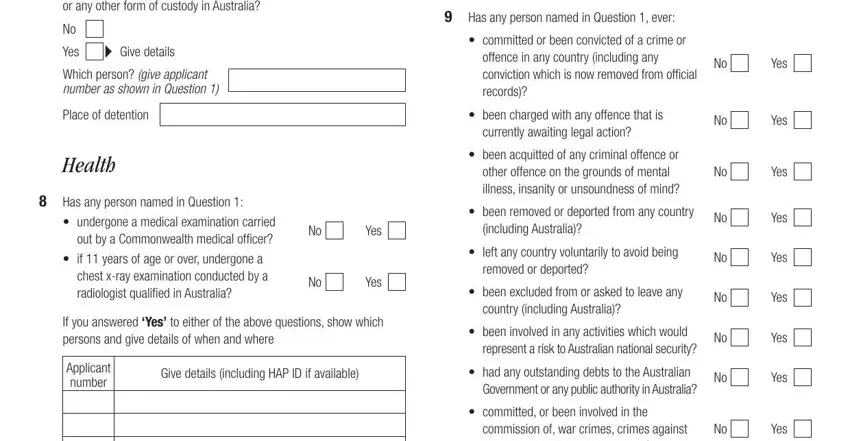
Step 3: Look through everything you've inserted in the blank fields and press the "Done" button. Obtain the form 866 protection class visa after you sign up for a 7-day free trial. Easily access the form inside your FormsPal account, with any modifications and adjustments automatically synced! FormsPal is dedicated to the confidentiality of all our users; we always make sure that all personal data processed by our system continues to be protected.
